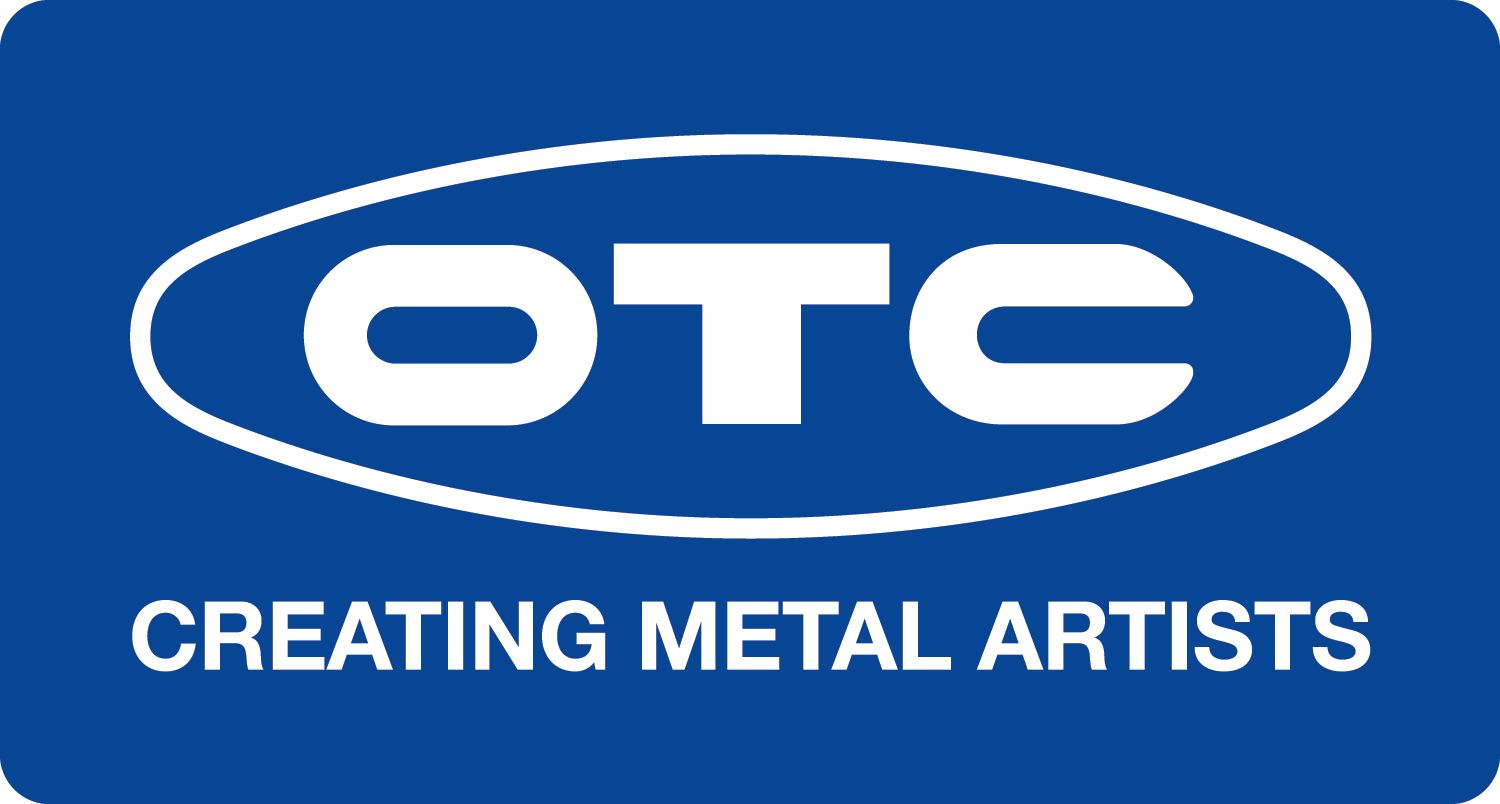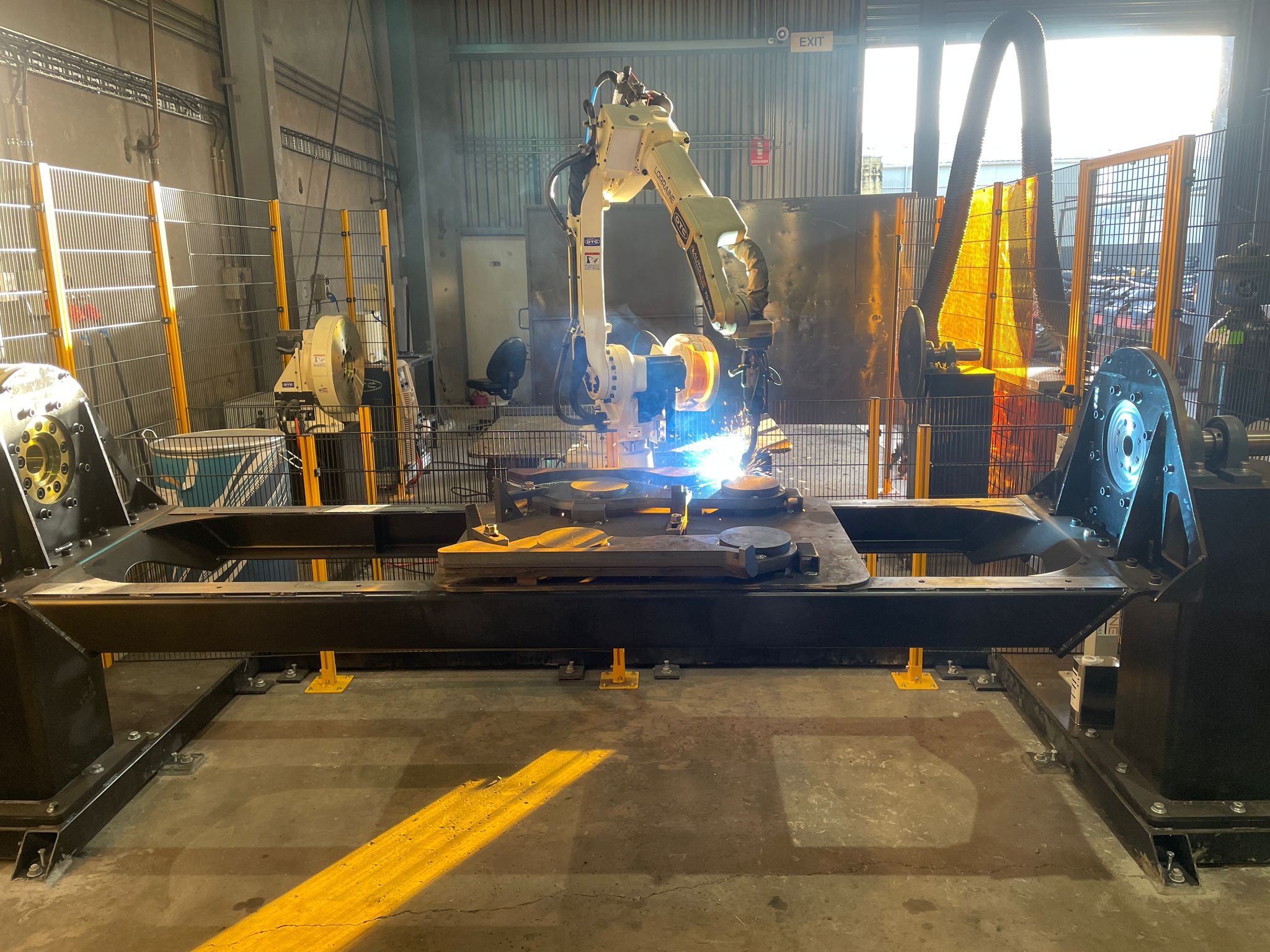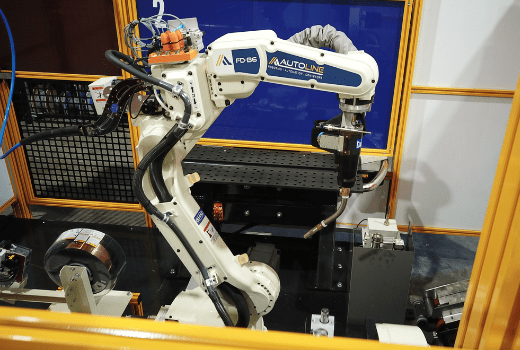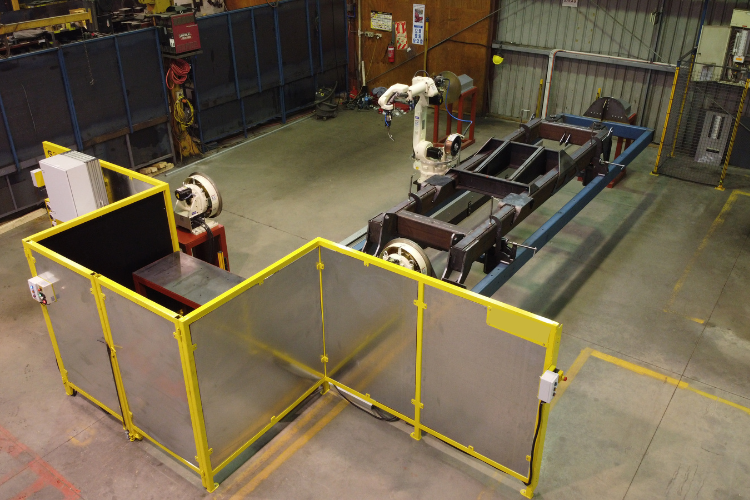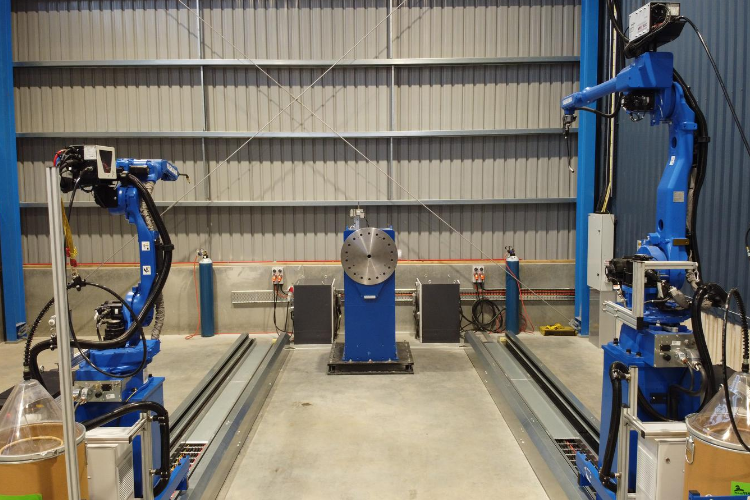Industrial robot welding refers to the automated process of welding performed by a unique type of industrial robot in manufacturing settings. These industrial robots are equipped with advanced sensors, precision controls, and welding tools, allowing them to perform intricate welding tasks with high accuracy and efficiency. They operate in controlled environments and are typically integrated into assembly lines or welding cells.
The process begins with programming the robot’s movements and parameters to ensure precise welds. Once set up, the robot can work continuously, reducing the need for breaks or shifts. Industrial robot welding offers several advantages over manual welding, including increased productivity, consistent quality, and improved safety for workers. It’s particularly well-suited for tasks that require speed, precision, and repeatability, making it a crucial component in industries like agricultural manufacturing, engineering, and heavy machinery production.
Overall, industrial robot welding revolutionizes the welding process by combining advanced technology with robotic precision, resulting in higher efficiency and quality in welding applications.
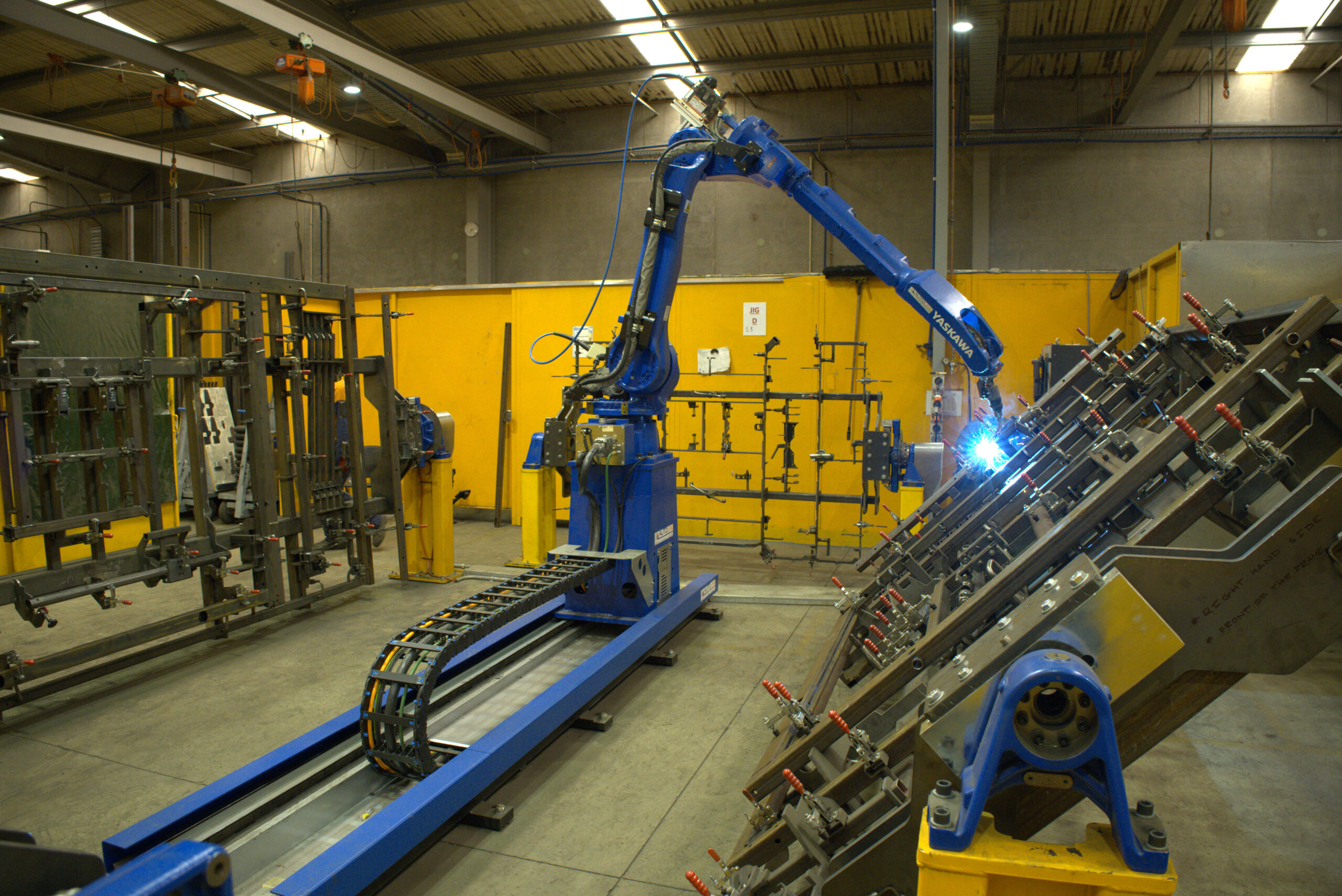
INDUSTRIAL ROBOT WELDING BY AUTOLINE
Autoline is the leading expert in Industrial Robotic Welding solutions for New Zealand’s manufacturing sector. We partner with top-tier robot brands, introducing state-of-the-art welding technologies to streamline operations. Manual welding, notorious for its labor-intensive, injury-prone nature, can now seamlessly transition to automation thanks to cutting-edge technology. This strategic investment not only addresses labor shortages but also amplifies production output, ensuring consistently high-caliber welds. Autoline offers a diverse range of solutions, from heavy-duty welding to precision work on smaller components, encompassing MIG and Aluminium welding. Our systems are meticulously customisable to precisely align with your distinct welding requirements, ensuring optimal performance and efficiency.
INDUSTRIAL VS COBOT ROBOT WELDING
Industrial Robot Welding excels in structured, high-volume tasks. Its precision and speed are unmatched, making it ideal for mass production lines where consistency is paramount. Safety enclosures provide added protection in high-risk environments. Additionally, Industrial Robots can handle heavier workloads and harsher conditions, ensuring durability. For businesses with established, standardized processes, Industrial Robot Welding offers a cost-effective solution. While Collaborative Robot Welding is versatile, Industrial Robot Welding remains the go-to for large-scale, repetitive tasks demanding high throughput, robustness, and precision. The right choice ultimately depends on the specific needs and scale of the manufacturing operation.
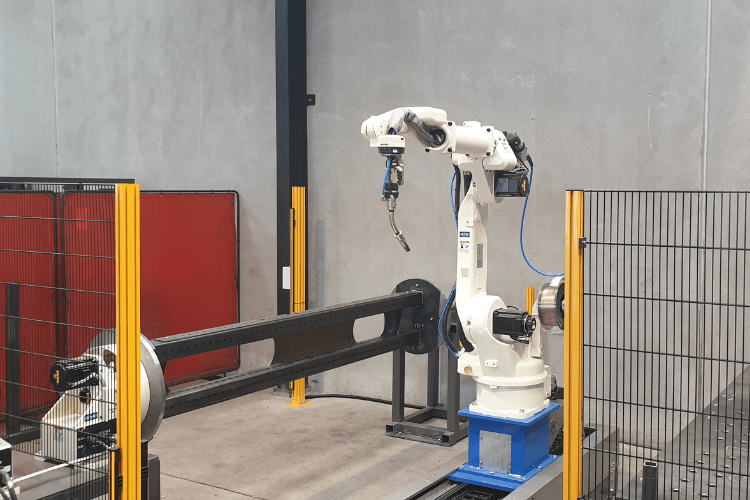
Industrial Robot Welder
Industrial robots are high performers, increasing production output of four manual welders, whilst also increasing quality and consistency. They are a valuable investment that will reduce production costs for welding companies that deal with high volume production welding, requiring high speed and accuracy.
Unlike collaborative robots, industrial robots do not have integrated safety and they require safety guarding and measures to stop the robot when employees become at risk.
Key Benefits:
- Higher automation percentage.
- Ideal for large batch component production.
- Operators must stay outside the robot’s safety fencing during operation.
- Training robot operators are required to programme new work pieces.
- Set-up and implementation time-consuming.
- Heavy and stationary position in the workshop.
- Takes up space owing to safety guard and large fixtures.
Collaborative Robot Welder
A collaborative robot welder is a cost-effective way to get started with welding automation. It is a flexible solution that allows manufacturers to increase their capability quickly and easily when welding low-volume, high mix components.
Collaborative robots can have humans working alongside them in close proximity unlike industrial robots, although they usually have a lighter load capacities. Still, a collaborative robot is fast and provides perfect accuracy on repeat.
Key Benefits
- Cheaper alternative for companies wanting to automate parts of their production.
- Improves small batch component production.
- Operators can work along side robot during operation.
- Quick and Easy to teach and programme new work pieces.
- Easy set up, can start welding on the first day of installation.
- Mobile and flexible, can be relocated to other workstations in your production.
- Small footprint in workshop.

INDUSTRIAL ROBOT WELDING ENQUIRY
Talk to the Robotic Welding Experts at Autoline to discuss your current welding processes and find out how a collaborative robot welding system can help you increase your profitability, giving you a competitive edge in your industry.



